Are you a VR/AR service provider or considering entering this rapidly growing industry? Understanding the challenges you may face—and how to overcome them—is essential for success. Whether your focus is on VR training, AR applications, or immersive XR experiences, tight deadlines, high costs, and technical hurdles can impede progress. Fortunately, today’s cutting-edge tools can help you accelerate development and deliver efficient solutions.
Understanding the Challenges of VR/AR Development
One of the primary challenges for VR/AR/XR service providers is delivering high-quality, immersive experiences under tight deadlines. Let’s explore the core pain points:
- Tight Project Deadlines: With the rising demand for VR/AR experiences, companies feel the pressure to complete projects quickly. Providers must balance creativity with efficiency, ensuring timely delivery without sacrificing quality.
- Need for Rapid Prototyping: Rapid iteration and experimentation are critical for creating innovative VR/AR experiences. Service providers require tools that enable quick prototyping, testing concepts, and making real-time adjustments.
- High Production Costs: Developing immersive VR content demands specialized equipment, extensive software licenses, and skilled professionals, all contributing to significant production expenses. Additionally, high-performance hardware is often necessary to handle the intensive computing tasks associated with VR and AR projects.
- High-Tech Computer Requirements: VR/AR development often necessitates high-end computer specifications, which can inflate costs and limit who can participate in development. This can create barriers for smaller studios or companies trying to enter the field.
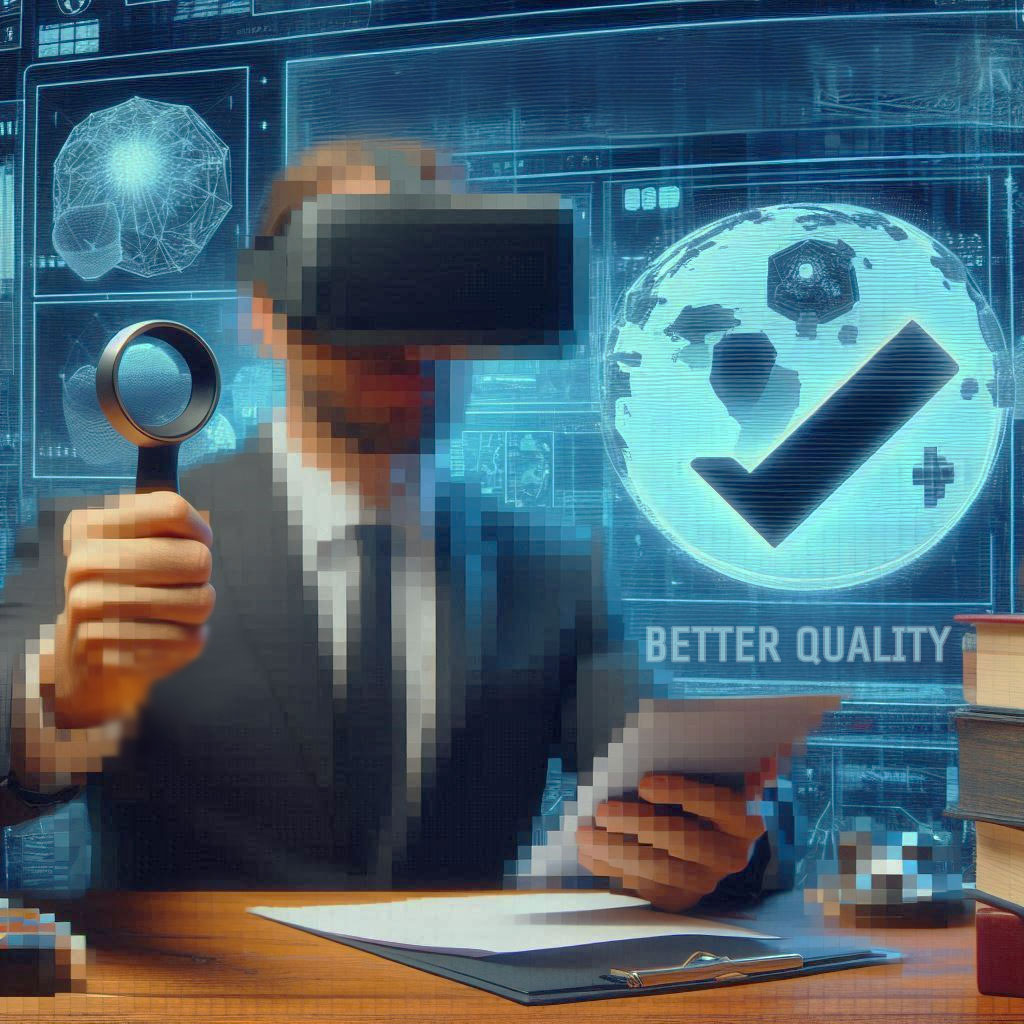
Solutions: Speeding Up Development with Flexible Pipelines
To stay competitive, VR/AR service providers need to embrace tools and platforms that streamline the development process. Here’s how engines like Unity, Unreal Engine, and SimLab can help tackle these issues:
- Unity: Flexible Pipelines for Rapid Prototyping
Unity has emerged as a go-to platform for VR/AR development, thanks to its flexibility, user-friendly interface, and multi-platform support. Key advantages include:
- Real-Time Rendering: Unity’s real-time rendering allows developers to see changes instantly, enabling quicker testing of new ideas and features. This significantly accelerates the prototyping phase, allowing teams to transition from concept to functional product rapidly.
- Asset Store and Plugins: Unity’s extensive asset store offers pre-made assets, scripts, and tools that developers can use to jump-start projects, reducing development time and effort.
- Cross-Platform Development: Unity’s support for multiple devices and platforms from a single development pipeline simplifies the process and minimizes the time spent customizing projects for various systems.
2. Unreal Engine: High-End Graphics and Speed
Unreal Engine is celebrated for its ability to create visually stunning, highly immersive VR experiences. Its powerful tools help developers meet tight deadlines without compromising quality:
- Blueprint Visual Scripting: Unreal Engine’s Blueprint system enables developers to create complex interactions and behaviors without extensive coding, facilitating rapid iteration and experimentation.
- High-End Real-Time Rendering: Unreal Engine’s advanced rendering capabilities reduce the need for pre-rendering, helping teams create rich, interactive environments efficiently. Real-time adjustments to lighting, textures, and shaders save valuable production time, especially when facing tight deadlines.
- Optimized Workflows: Unreal’s development pipeline is engineered for high performance, allowing developers to achieve AAA-quality experiences without the significant time and cost typically associated with high-end graphics.
3. SimLab: Fast Learning Curve and CAD Integration
For businesses in architecture, engineering, and manufacturing, SimLab offers a compelling solution for quickly producing VR content with minimal technical overhead:
- No-Code Environment: SimLab’s no-code platform allows teams to create VR experiences without extensive programming knowledge, significantly reducing the learning curve and enabling faster project turnarounds.
- CAD Integration: SimLab’s seamless integration with CAD software is invaluable for industries relying on detailed 3D models, allowing engineers and designers to quickly convert their designs into immersive VR experiences.
- Low System Requirements: Unlike many other platforms, SimLab doesn’t require expensive, high-tech machines to create impressive VR projects, enabling smaller companies and teams with limited resources to produce high-quality content rapidly.
Speed and efficiency are critical for VR/AR service providers to thrive in a dynamic industry. Platforms like Unity, Unreal Engine, and SimLab empower developers with real-time rendering, flexible pipelines, and rapid prototyping capabilities, enabling them to meet tight deadlines and deliver top-tier immersive experiences without overspending on production costs or high-end hardware.
By leveraging these tools, service providers can not only overcome significant pain points but also stay ahead of the curve in creating innovative VR/AR solutions for their clients. Whether you are already in the industry or looking to break in, understanding these solutions will help you build immersive experiences faster and more efficiently than ever.
Resources and References:
- https://docs.unity3d.com/Manual/index.html– Provides detailed insights on Unity’s features, including real-time rendering and asset store plugins, and its advantages in rapid prototyping and cross-platform development.
- https://docs.unrealengine.com/– Covers Unreal Engine’s advanced rendering, Blueprint visual scripting, and optimization capabilities, allowing developers to create high-end immersive experiences quickly.
- https://simlab-soft.com/ – Offers information on SimLab’s no-code environment, CAD integration, and its advantages in low system requirements, which make it a highly efficient choice for rapid VR content development.
-
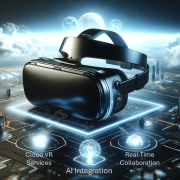
1 What’s Next for VR Providers? Future Trends and Innovations
-
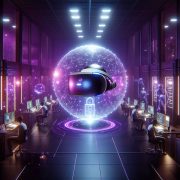
2 Security Concerns in VR: Safeguarding Data and Intellectual Property
-
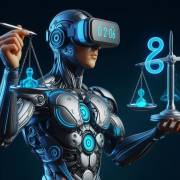
3 Content Creation Struggles: Balancing Quality and Time in VR/AR Projects
-

4 Bought VR Headsets for Your School… and Now They’re Collecting Dust?
-
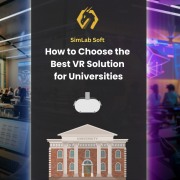
5 How to Choose the Best VR Solutions for Universities: A Comprehensive Guide
-
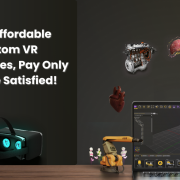
6 Fast, Affordable Custom VR Experiences – Pay Only if You’re Satisfied!
-
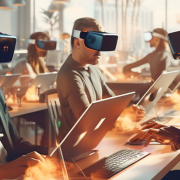
7 Looking for VR Creators for Our SimLab VR Store
-

8 Why SimLab Soft is Creating VR Training for Medicine and Nursing Students
-
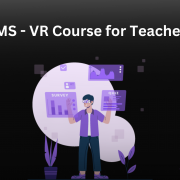
9 Seamlessly integrate VR Quizzes and Surveys into your LMS
-

10 Master 3D/CAD/VR File Conversion with SimLab CADVRter: Essential Tool for Designers and Engineers, and Related Professionals

